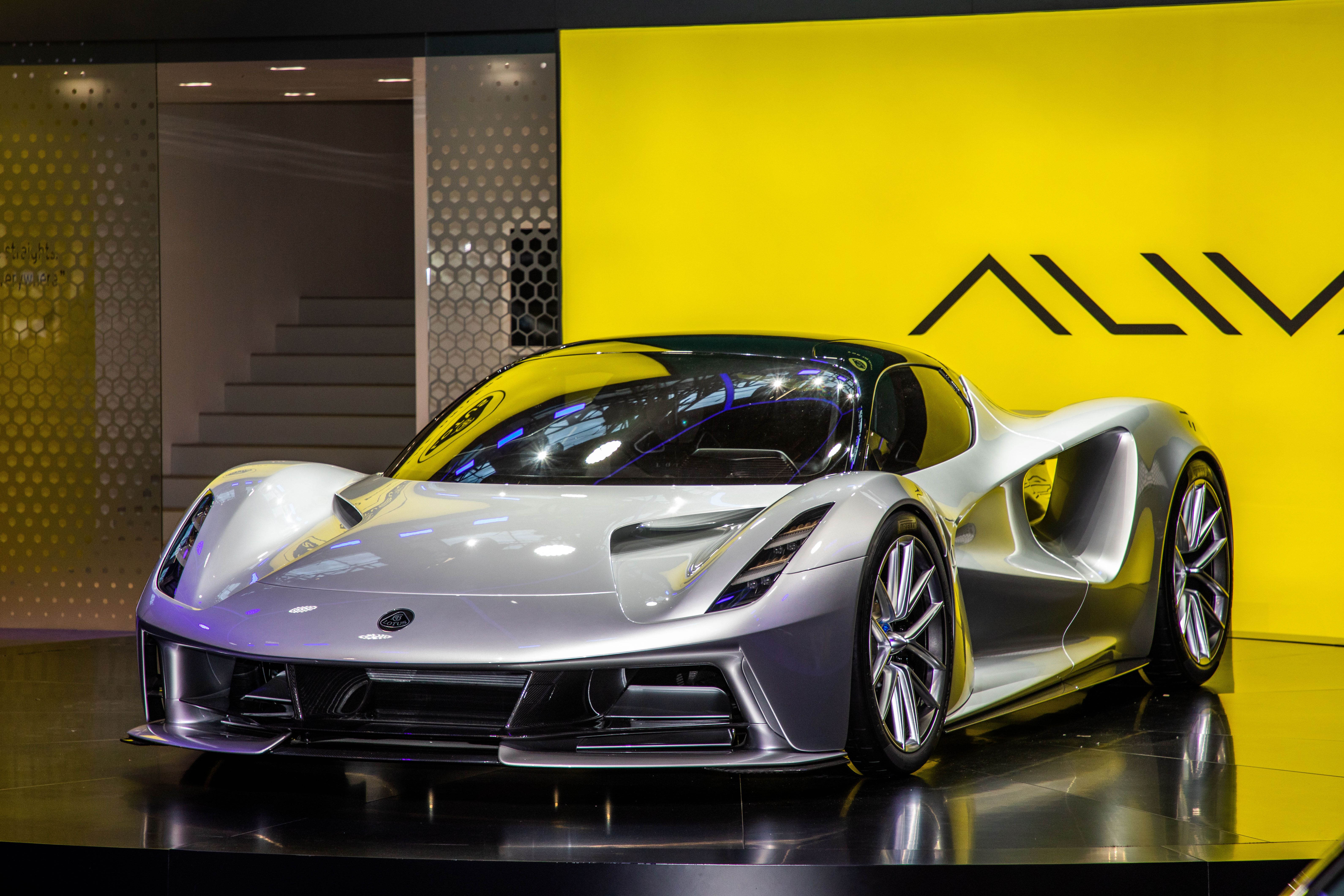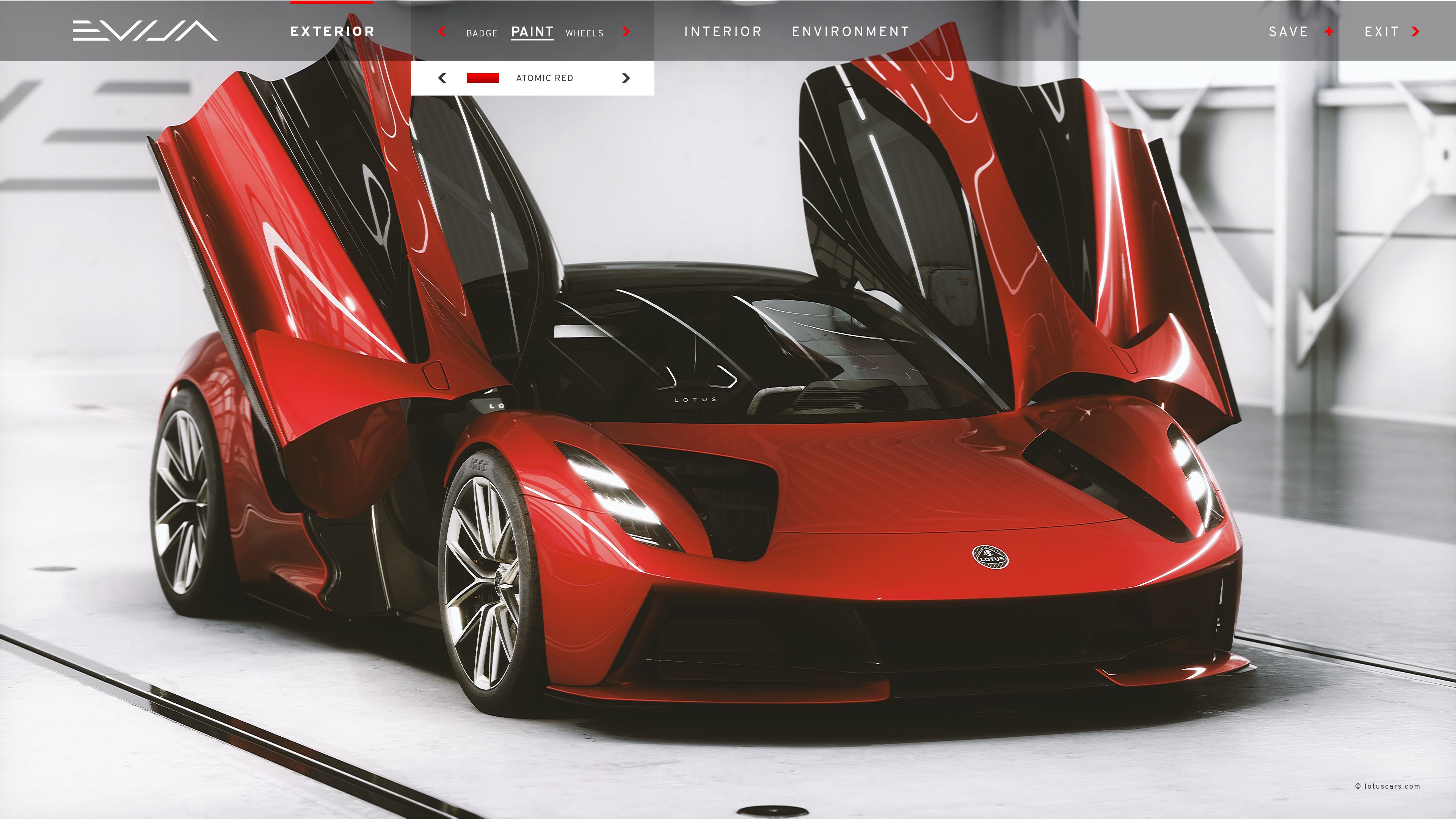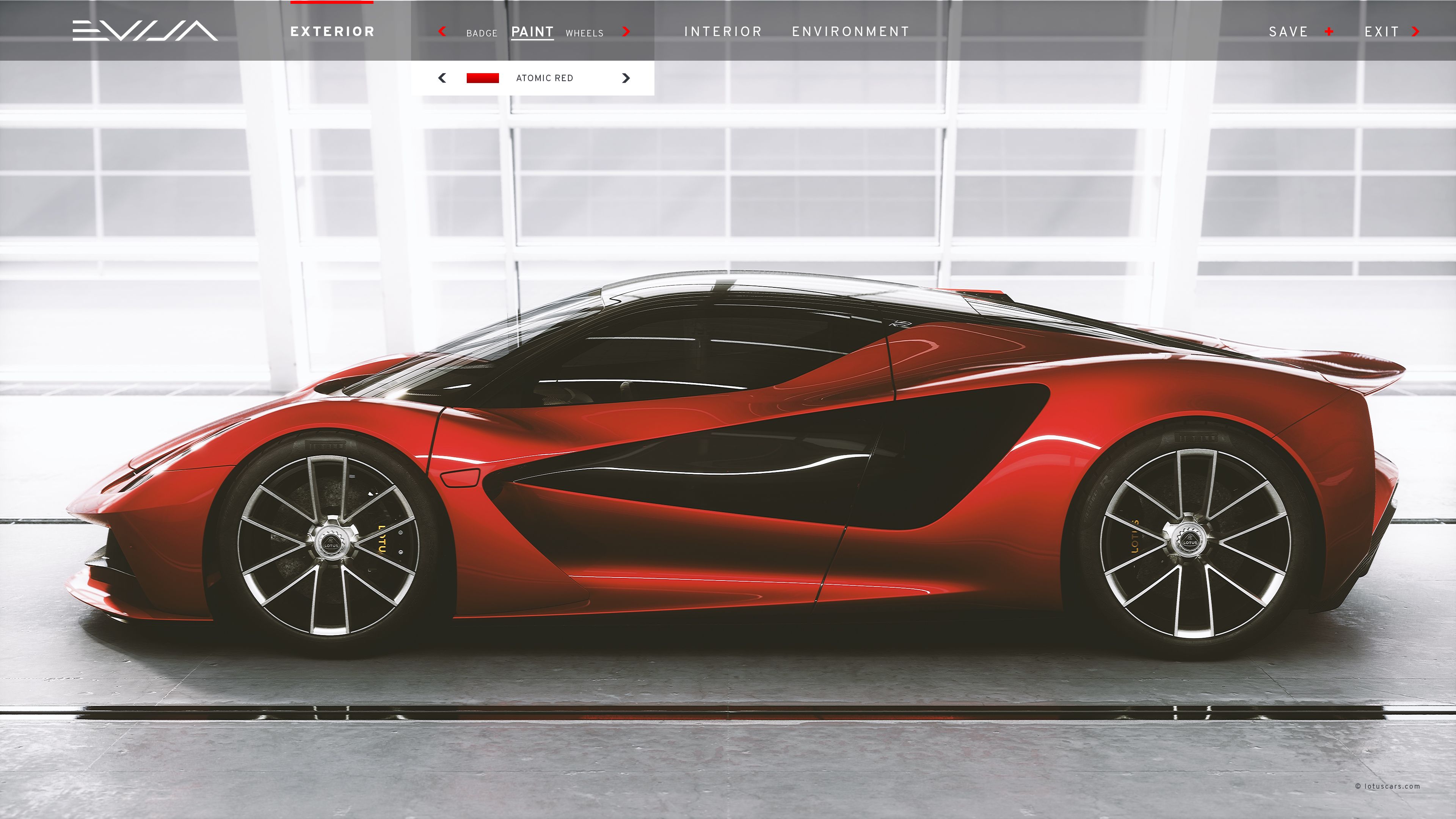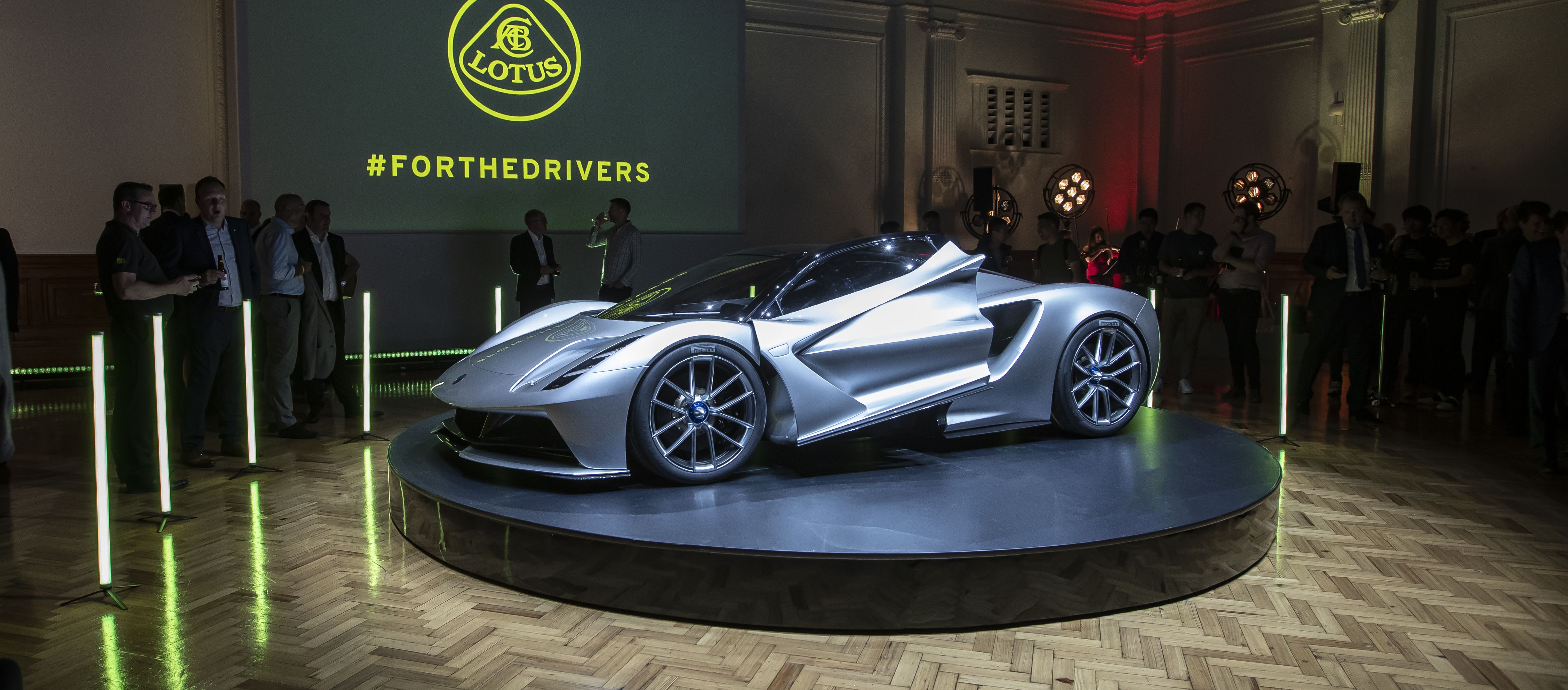The Lotus Evija is a monster all-electric hypercar that Lotus is developing to turn the performance car industry on its head. With potential rivals like the Rimac C_Two, Tesla Roadster, and Pininfarina Battista all in varying stages of development, Lotus is moving along with its development of the Evija, determined to set the bar in a segment that technically doesn’t exist yet.
As the development of the Evija continues, the folks over at Top Gear got to slip behind the curtain and get precious information regarding the Evija’s ungodly performance capabilities. Expectations are already running high, but this early in the hypercar’s development, it looks like the Evija will have the performance chops to not only live up to the hype but far exceed it, too.
How different is the Lotus Evija compared to the Ferrari SF90 and Bugatti Chiron?
Technically speaking, the Lotus Evija belongs in a totally different class than the Ferrari SF90 and Bugatti Chiron. The Bugatti is a traditional mid-engine supercar while there Ferrari is a plug-in hybrid supercar. The Evija, on the other hand, is all-electric, which raises its power and performance potential to levels that even the mighty Chiron and the SF90 can’t reach.
How exactly can the Evija do that? A change in focus, according to Lotus’s Attributes Director — that’s high-tongue for “chief test driver” — Gavan Kershaw. Speaking with Top Gear, Kershaw hinted that priorities at Lotus didn’t revolve around making the Evija the fastest-acceleration car in the world, even though Lotus could probably do it if it wanted to.
Top Gear Kershaw told Top Gear. “When you’re cruising at 70-80mph and hit the throttle, it’s got more performance than it has from a standstill,”
“The straights at Hethel become quite short.”0}
Before answering that question, let's look at the tale of the tape featuring these three exotics.
|
Model |
Powertrain |
Horsepower |
Torque |
0 to 62 MPH |
0 to 124 MPH |
Top Speed |
|---|---|---|---|---|---|---|
|
Ferrari SF90 |
4.0-liter twin-turbocharged V-8 engine / Three electric motors |
986 horsepower (combined) |
590 pound-feet |
2.5 seconds |
6.7 seconds |
211 mph |
|
Bugatti Chiron |
8.0-liter quad-turbocharged W-16 engine |
1,479 horsepower |
1,180 pound-feet |
2.4 seconds |
6.5 seconds |
261 mph |
|
Lotus Evija |
Four electric motors (one on each wheel) |
1,970 horsepower |
1,254 pound-feet |
Under three seconds |
Under six seconds |
More than 200 mph |
Acceleration time is where it becomes interesting. You’ll notice that the Chiron and the SF90 can jump off the line in the blink of an eye whereas Lotus is playing the more conservative game, estimating that the Evija can go from 0 to 62 mph in “under three seconds.” The conservative estimate isn’t by accident because that’s not where the automaker’s focus is on. Notice how much quicker the Evija is from 0 to 124 mph? It’s faster to that spot than both the Bugatti and Ferrari, and when you go beyond 186 mph, well, no car of any kind can touch it.
That’s the kind of performance that Lotus wants to tap into with the Evija. It’s the kind of speed that continues to build up as the car starts stretching its legs.




